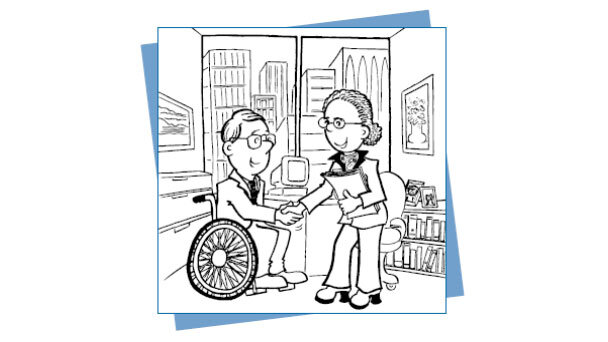Osoby niepełnosprawne na ogół potrzebują więcej wsparcia ze strony społeczeństwa, by móc osiągnąć takie same warunki życia jak inni obywatele. To wsparcie nie powinno być traktowane jako przywilej, ale jako przysługujące człowiekowi prawo.
Z dostępnych danych wynika , że źródłem utrzymania większości osób niepełnosprawnych są świadczenia społeczne; na 5,5 mln osób niepełnosprawnych w Polsce, źródłem utrzymania jest dla:
- 8% - praca zarobkowa
- 8% - utrzymują najbliżsi
- 84% - świadczenia społeczne.
Osoby niepełnosprawne potrzebują uzyskać pomoc konieczną do podjęcia pracy, a w sytuacjach gdy podjęcie zatrudnienia nie jest możliwe, potrzebują innych form społecznej aktywności i działań, aby zapobiec procesowi wykluczania.
Miasto Gdańsk realizuje liczne zadania i podejmuje innowacyjne przedsięwzięcia, aby poprawiać jakość życia wszystkich mieszkańców, w tym w sposób szczególny mieszkańców niepełnosprawnych.
Wszystkie Wydziały Urzędu i jednostki organizacyjne Miasta świadome są problemów związanych z niepełnosprawnością i uwzględniają je we wszystkich programach i podejmowanych działaniach.
Każda osoba niepełnosprawna obsługiwana jest w Urzędzie, podobnie jak wszyscy mieszkańcy Miasta; jeśli istnieje potrzeba pracownicy Wydziału Obsługi Mieszkańców służą stosowną pomocą ( w tym tłumacz języka migowego dla osób niesłyszących).





